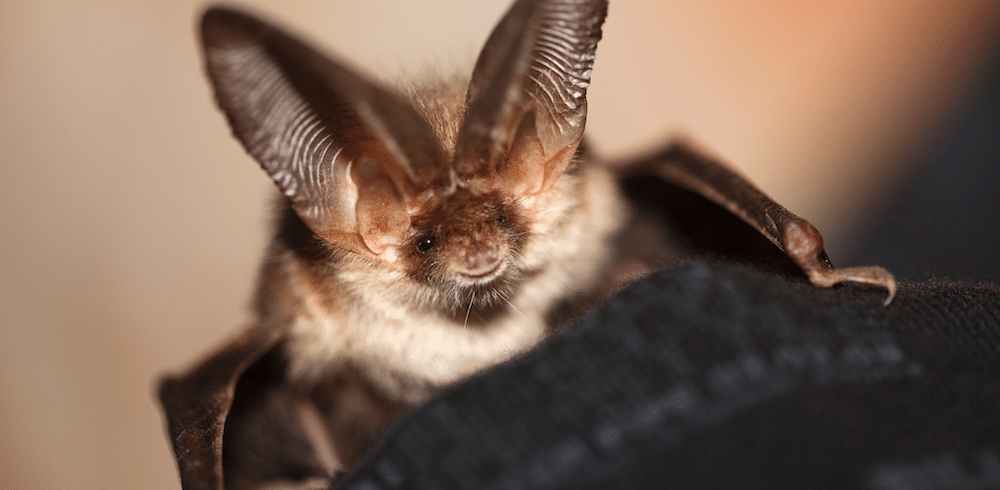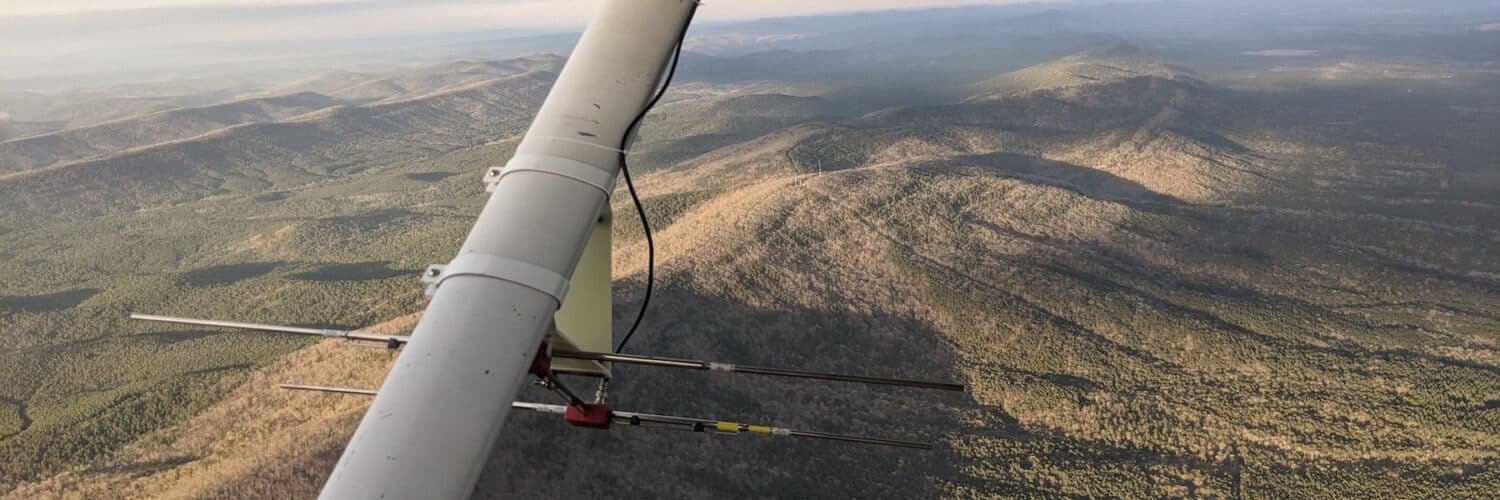
Insights
Five tools for bat conservation research
At Wildlife Drones, we’ve been lucky enough to work with Copperhead Environmental Consulting to help track federally endangered Indiana bats. In this article we’re sharing some of the things we learnt about the five most common tools that help scientists undertake bat conservation research—including drones.
1. Mist nets
Mist nets are sheets of fine nylon or polyester mesh suspended between two poles, that are used to capture flying animals—including birds and bats—in a safe way. Because the mesh is so fine, bats have trouble seeing the nets at night and fly into them, allowing researchers to gently remove the bats for study. For example, the Illinois Bat Conservation Program uses mist netting to undertake bat surveys to develop a picture of the population structure of bats in a particular area.
2. Harp traps
Harp traps are an alternative to mist nets that are used to capture bats without damaging their wings. They consist of a frame with two rows of vertical threads and a collecting bag at the base. When the bat flies into the trap, the threads channel them down into the collecting bag where they can be easily retrieved by researchers. They’re particularly useful in areas where flying bats can be channelled through a natural corridor, such as above a watercourse of a cave entrance.
3. Acoustic recorders
Just like camera traps capture images of animals, acoustic recorders work by capturing bat vocalisations. They are less invasive than other survey methods, and are less resource-intensive, as they enable scientists to continuously monitor bats without being in the field.
4. Drone radio-tracking
Whether it’s fruit bats or ghost bats, the agile nature of these small mammals makes tracking them on foot with traditional hand-held VHF radio receivers a challenging—if not impossible—task. However, drone-based radio-tracking technology has the potential to revolutionise bat monitoring. With Wildlife Drones’ world-leading radio-telemetry system, researchers can simultaneously track up to 40 bats in real-time, significantly reducing the amount of time and resources required to track bats.

5. Thermal cameras
As nocturnal animals, bats can be challenging to photograph. That’s where thermal cameras come in. By enabling scientists to record bats when they are most active, thermal cameras provide important insights into their behaviour. For instance, it enables scientists to study bat flight paths, and identify difficult-to-spot tree roosts, without the need for external lighting which can disturb the bats.
Book a meeting with us today to learn more about how Wildlife Drones’ innovative radio-tracking technology can assist with your bat conservation project.

